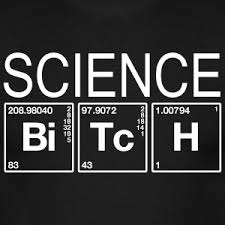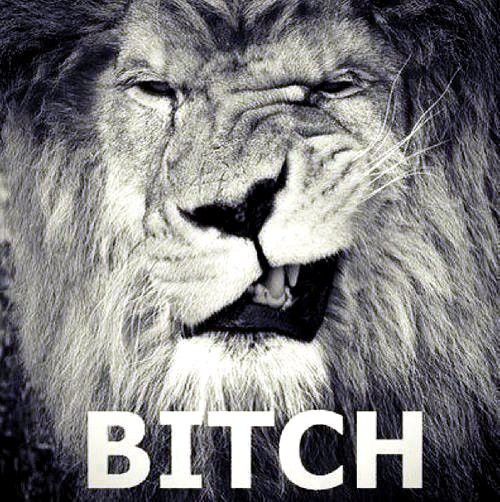Hidden Figures and Rogue One did almost identical numbers at the box office this week. But it doesn’t take rocket scientist to figure out the wildly different paths the two films took to reach Hollywood’s highest rank.
A week ago, conventional wisdom would have bet Rogue One would easily hold down the top spot at the box office for a fourth straight week. As the eighth film in George Lucas‘ 36-year-old Star Wars franchise, it literally had the weight of an empire behind it.
Decades-deep nostalgia and state-of-the-art visual effects drove Americans to spend $477 million on the blockbuster following its early December release. And not even the incoming Trump administration could dissuade foreign audiences from pumping $437 million into America’s soon-to-be-bordered economy for a glimpse into George Lucas’ imaginary universe.
It’s no secret that the force can’t be reckoned with at this point. Bad reviews or PR emergencies could never derail Lucas’ mothership from manifesting its billion-dollar destiny. No amount of sleet, snow or hail was going to stop Rogue One from delivering on par with Star Wars’ always astronomical numbers.
That’s why Hidden Figures‘ laser-slim victory over the empire is so significant. This week’s final tally was decided by just $700,000. But the full story is told above the bottom line.
A year ago, Hidden Figures producer Mimi Valdés was battling the century-old lie that mainstream audiences don’t want to see Black films; a myth that has been used to justify Hollywood’s passive suppression of Black voices, faces and narratives since the days of America’s first blockbuster, the 1915 Ku Klux Klan propaganda film Birth Of A Nation.
Valdés, creative director for Pharrell Williams and producer of 2015’s Dope, took off running with the concept after Donna Gigliotti shared Margot Lee Shetterly’s proposal for a non-fiction book called Hidden Figures. Valdés chose to shoot straight for the stars with the project instead of waiting for the typical bestseller to blockbuster cycle to play out.
It wasn’t until Williams signed on to executive produce the film in April that Hidden Figures started garnering even the slightest mainstream media coverage. And most of that coverage was tied to Williams’ involvement, not the film’s subjects: the Black women who helped execute NASA’s most legendary missions.
Despite its indie-sized budget ($25 million), modest marketing and limited availability, Hidden Figures recouped almost all of its costs in its first week in theaters. Its $22.8 million opening number directly disproves the lies Hollywood has told Black actors, writers, producers and directors through generations: That Black movies just aren’t profitable. That they’d love to green light movies that fully contextualize the Black experience instead of caricaturing it; but business is business.
Many American institutions hide their racism behind the shield of capitalism. Like America’s original cash cow, chattel slavery, any biased business can be justified by the bottom line in these United States.
The Hollywood system that rose to riches right along with Wall Street and Washington during America’s Great White 20th Century peak never hesitated to blame its discriminatory practices on a market that was already rigged in their favor. With an effortless smile, Hollywood gave popular culture’s most essential contributors back pats and false promises that they would get their just due in due time.
Thankfully, Valdés, Williams and their elite cast and crew refused to keep waiting to be invited into Hollywood’s highest spaces. With Hidden Figures, they knocked the door down and dropped the hinges in the hands of every executive, producer and agent who told them to wait outside just a little longer.
As Taraji P. Henson proudly declared to her Instagram followers after hearing the news Tuesday morning, “People like good material. Has nothing to do with gender or race.”
No matter who is doing the numbers, there is no denying the star power currently permeating the universe of Black media here and now. Fences, Moonlight, Atlanta and Insecure joined Hidden Figures at the Golden Globes on Sunday to represent the collective breakthrough. But it’s hard not to ask aloud why the stars and creators of these films and series had to jump so many hidden fences to get their stories shared on the same platforms as their peers.
According to Wired, only two of the 100 top-grossing films of last year featured Black female leads or co-leads. Almost half didn’t feature a Black character at all.
The biases that rule Hollywood exist in every segment of society for all minorities. The Black women of Hidden Figures just happened to be the perfect heroes to prove it false this time around. But this story could be told a million times over by women, children and men in under-represented communities all over the country. Americans who never see returns on the dreams they put their whole hearts into – no matter how far they stretch their budget or expand their network.
America’s dominant value is Whiteness, not greatness. But it’s easy to mistake the two if you’ve been following U.S. politics lately.
If you’ve been following history, it’s clear that every sacred American institution, from the military to the media, is hinged on the same value system. White is right. And anything else is a risk we probably can’t afford.
We will always enjoy the Black reign that manages to slip through the cracks, but this isn’t the time to grow complacent in glory.
Mimi, Pharrell, Taraji, Octavia, Janelle and the rest of Hidden Figures‘ cast and crew deserve every bit of praise they are about to receive in the coming awards season. But this moment has to continue multiplying to have any real impact on history. It should spread exponentially through classrooms and Twitter threads. And with the next rush of color that will inevitably penetrate Hollywood’s decaying walls.
Hidden Figures just gave Star Wars and the rest of Hollywood a much-needed reality check. A movie about some of our universe’s real life explorers managed to unseat an intergalactic empire with a fraction of the resources. The only question that remains is if Hollywood, and the rest of America, will ever find a way to permanently balance its forces of good and evil.
[ione_media_gallery id=”4198457″ overlay=”true”]![]()



